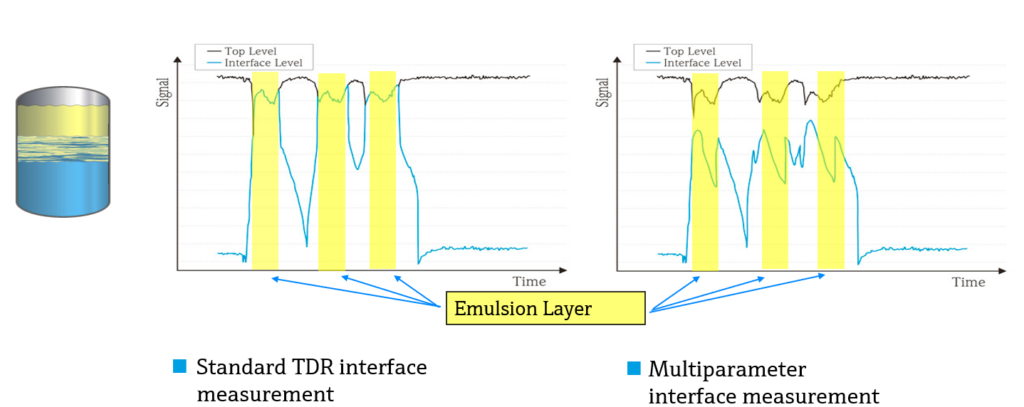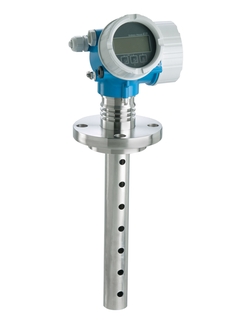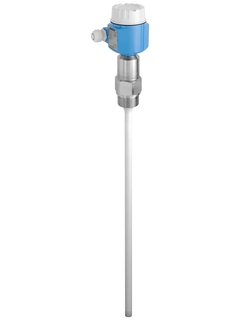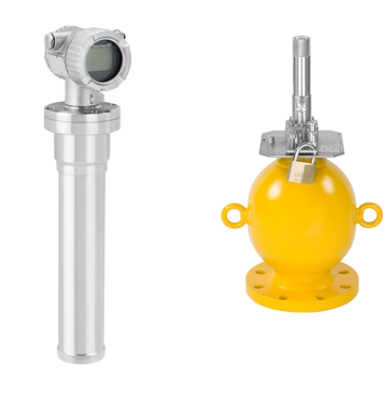Coriolis flowmeter for precise and accurate flow measurement
Technology you can trust in hazardous areas, critical applications and highly regulated industries The process control industries are characterized by […]
In this series, the first blog post explained the importance of interface level measurement in the oil and gas industry and defined the various types of interfaces. The second blog dove into how guided wave radar (GWR) and capacitance technologies can be used for making these measurements. In this final installment, we examine multiparameter and radiometric measurement techniques, each optimized for trickier interface level applications.
Measuring interfaces with emulsion can create quantification issues because non-homogenous fluids adversely impact the accuracy of most level sensors. However, by combining GWR and capacitance technologies in a single instrument, it is possible to accurately determine interface levels containing emulsion layers.
These “multiparameter” instruments calculate the depth of both layers—e.g., the water below and the rag layer above—using a Polytetrafluoroethylene (PTFE) coated probe. The probe guides the microwave pulse from the transmitter just like any GWR AND simultaneously acts as a capacitance probe. Using Endress+Hauser’s multiparameter SensorFusion technology, the resulting feedback is analyzed and converted to an overall and interface level signal.
The Levelflex FMP55 is Endress+Hauser’s flagship multiparameter level instrument, relying on GWR as the primary measuring technique for both overall and interface level. However, in the presence of emulsion, capacitance technology is used to clearly define the interface level. The Levelflex FMP55’s transmitter is able to generate measurements using both methods and translates them into an accurate level value.

The below graphic gives a visual representation of the benefits of multiparameter technology. The same process media was measured using a standard GWR instrument (left) and a Levelflex FMP55 multiparameter instrument (right). The results show clear advantages of the multiparameter instrument when emulsion was present.

In these scenarios, GWR lost the interface reading because it was unable to distinguish the multiple weak echoes returned by the emulsion. Sensing a lack of interface level clarity, the multiparameter instrument used its capacitive measurement to report the interface level.
This measurement technology works well as long as there is a significant difference in dielectric constant between the two layers. Combined in a single instrument, the transition between GWR and capacitive level readings are automatic and nearly instantaneous, alleviating process measurement disruption.
For the most complex interfaces, such as those made up of multiple different layers, gamma radiation can be used to not only quantify, but also to classify various constituents in a vessel. Radiometric technology can be deployed in many ways, but to measure emulsion layers, a dip tube is inserted into the process medium, with a source emitting gamma radiation omnidirectionally.

The radiation travels through the fluid and it is attenuated as it makes its way to multiple detectors mounted outside of the tank. Each of which converts radiation to electrical signals. When these signals are accumulated and read together, the fluid can be both classified and quantified.

Gamma level measurement is frequently used during crude oil separation and refining, with each additional detector providing greater measurement range and accuracy. During this process, it is imperative to ensure proper alignment between the source and independent detectors. These sensors can also perform density profiling, helping optimize the separation process.
Gamma measurement devices must be wet calibrated, and changes in media density can reduce accuracy. However, these sensors are unaffected by varying process pressure or temperature and minimally affected by buildup.

From oil and gas to food and beverage, water/wastewater, pharmaceutical, and more, Endress+Hauser is the global leader in level instrumentation technology. Our knowledgeable engineers will guide you through planning, selection and commissioning. They will partner with you to keep your plant online at full capacity.




| Guided radar Levelflex FMP51/52/54 | Multiparameter guided wave radar (GWR) Levelflex FMP55 | Capacitance Liquicap FMI51/52 | Radiometry Gammapilot FMG50 | |
| Clear interface liquid/liquid | Total level + interface layer | Total level + interface layer | Interface layer | Interface layer (total level with separate instrument) |
| Interface with emulsion layer liquid/liquid | Not possible | Total level + interface layer | Interface layer | Interface layer + emulsion thickness (total level with separate instrument) |
Multiphase interface | Not possible | Not possible | Not possible | Interface density profile (total level with separate measurement) |
Technology you can trust in hazardous areas, critical applications and highly regulated industries The process control industries are characterized by […]
Instruments are vital in process environments because their measurements directly impact product quality and operational safety. However, even the most […]
Endress+Hauser’s new and improved iTHERM ModuLine product portfolio is suited for customers in the Chemical, Oil & Gas, Water/Wastewater and […]
Comments